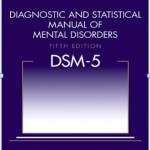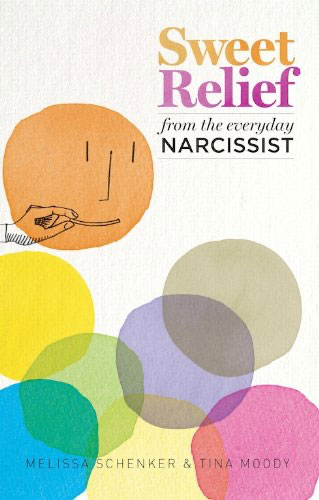The New Normal
Want to create an entertaining rumpus at your next dinner party? Invite some psychology professionals and ask them what they think of the recently released DSM5. That topic is guaranteed to provide passionate debate.
The DSM5 is the Diagnostic and Statistical Manual, 5th Edition used by psychiatrists, psychologists and other mental health providers to diagnose mental illness. The loudest debate comes with the addition of several categories of mental illness that previously have been considered normal, such as grieving over the loss of a loved one. Having been a chaplain in several hospitals and witnessing many deaths with loved ones attending, I assert if you don’t grieve over such a loss, then there is something  wrong. However, the committee didn’t ask for my opinion.
wrong. However, the committee didn’t ask for my opinion.
Let me come clean about my bias regarding labels that accompany a diagnosis. First, an emotional reaction to a diagnosis is a human response to unwelcome news and may complicate the problem for which one seeks help or provide an escape from taking responsibility for improving their quality of life. Just as a mentally healthy person learning of a biological diagnosis, i.e., cancer, has an emotional response, so too, an individual diagnosed with bi-polar disorder or major depression will have a reaction that may make their situation worsen. Just ask any narcissist what they think of being diagnosed as such and you’ll see what I mean.
Suffice it to say that diagnoses serve three functions as far as I can determine. One is for the professional community to communicate with one another in developing treatment plans; it provides a common language. Two is for insurance companies to determine the validity of a claim (you have to be sick in mind or body for reimbursement). And, the third is for the pharmaceutical industry to promote the sale of their products by targeting specific diagnoses. I’ll not include the use of diagnostic labels are a club with which to beat up on someone with whom you are frustrated, ‘cause while it’s a fact that it happens, such use helps no one.
If we must have a DSM, and it seems we must, there is an upside to this new addition that has missed the headlines. Hidden in Chapter Three of the DSM5 is a new scale of measurement, an improvement over previous editions. Formerly, symptoms were assessed as categories like an on-off switch. You either had the symptom or you didn’t. For instance you are either pregnant or you are not; you are male or you are female—there’s no gradation of symptomology, you either are or you are not. In Chapter Three there is an alternative criteria used that allows for the gray areas of humanity. Like blood pressure or height, a variation can still be considered “normal.”
This new measurement is based on four general areas each having a score from 0-4; 0 being none and 4 being good. These scores along with 25 personality “traits,” scored in the same manner, are used to determine a diagnosis. The areas of general interest are divided between “self” and “interpersonal.” The “self” assessment looks at the individual and their ability to emotionally self-regulate a range of experiences, their level of self-esteem, their ability to keep clear boundaries between self and others and their ability to pursue meaningful short-term and life goals.
The “interpersonal” category measures empathy and intimacy. Empathy is the individual’s ability to understand and appreciate the feelings and experiences of another while intimacy scores are determined by the ability to allow closeness and vulnerability with another. These areas of evaluation and the scale with which they are measured provide an improved, more humane option to the on-off switch applied to the 90+ characteristics of the DSM-IV.
Humans resist transition. Change, being different than “the same,” comes with hesitation. Transitioning to the new and different thwarts our familiar routines. After all, who likes interruptions when you’re clipping along coding the insurance claims? We’ll see how long it takes for Chapter Three of DSM5 and it’s dimensional scale to invade center stage. In the meantime, no worries, the criterion from the DSM-IV is included in this new version, so no one has to change too quickly.

